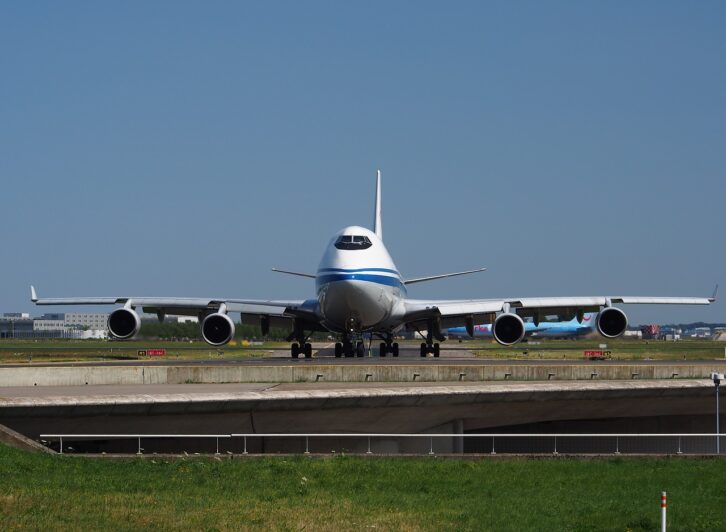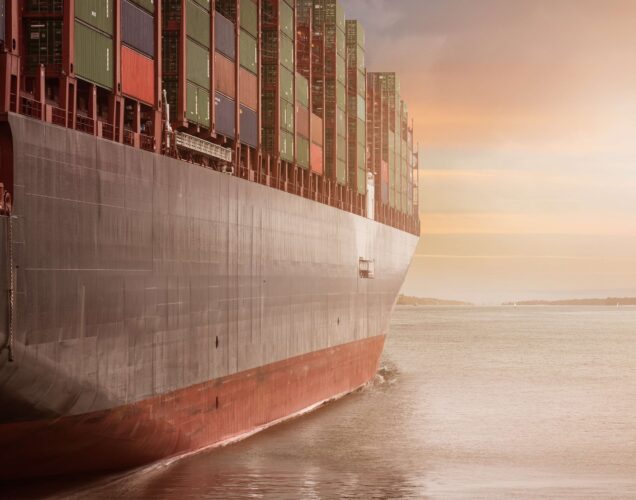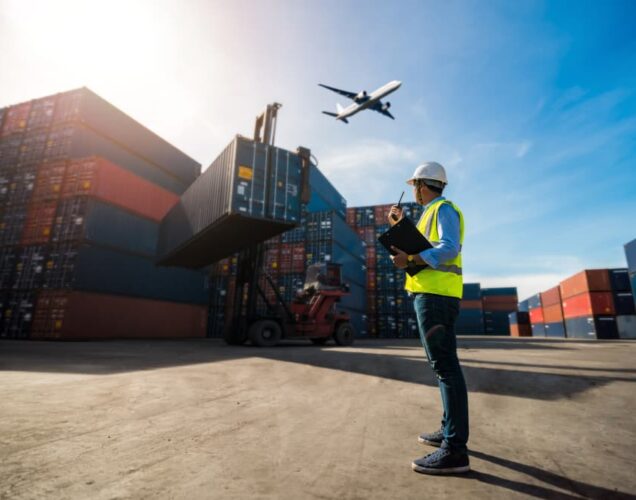Air freight is used by many industries to fulfil their transportation and supply chain management needs. Take manufacturing, for example: it doesn’t just rely on the benefits of air freight for movement of finished goods, but also for components, which represent a substantial portion of cross-border trade.
IATA (the International Air Transport Association) reported a rise of 4.5% in cargo carried between 2017 and 2018, to 62.5 million tonnes. While that figure represents a relatively small amount of world trade by volume – less than 1% – it equates to over 35% by value. That’s some US$6.2 trillion, representing 7.4% of the world’s total GDP.
Many aspects of modern life that we take for granted simply wouldn’t be possible without air freight. An obvious example is that of perishable goods – such as certain fruits, vegetables or shellfish – which can be moved swiftly in a temperature-controlled environment around the world.
Pharmaceutical suppliers also rely on the advantages of air freight to move costly products such as vaccines in carefully controlled conditions and within set timeframes. The pharma industry currently spends over US$13 billion a year on air freight.
When it comes to livestock, moving animals over long distances by air can be an appropriate option as it is both humane and convenient.
Customers of e-commerce businesses, such as Amazon, Alibaba and eBay, increasingly expect swift and expedited delivery of purchases, which rapid air freight allows them to provide; some 7.4 billion parcels were delivered in 2018. China’s renowned “Singles Day” – the world’s largest online shopping day – saw sales of goods representing 657 million packages worth US$17.8 billion; air transport plays a critical role in getting these products to their destination.
SWOT Analysis of the Air Freight Industry
A SWOT analysis looks at the strengths, weaknesses, opportunities and threats faced by an industry or a business. As a general rule, strengths and weaknesses are internal issues, while opportunities and threats are external.
Strengths
|
Weaknesses
|
Opportunities
|
Threats
|
A SWOT analysis of air freight uncovers an interesting mix of factors. The industry is subject to a variety of noteworthy weaknesses and threats which, if successfully addressed, can allow it to play on its strengths in order to fully exploit both existing and newly arising opportunities.
Let’s take a look at some examples.
Speed
Speed is the first value proposition for air cargo – in other words, it is the principal reason why people are likely to choose it as a shipping method. Speed of transport represents a strength, and is underpinned by the twin benefits of reliability and predictability.
The other side of the coin is that issues such as over-regulation and congestion can negatively impact transport speed. However, if the industry chooses to focus more on reliability than speed, this negative impact could potentially be mitigated.
E-commerce growth
The growth of e-commerce in recent years represents a substantial opportunity for the air cargo industry – the global revenue forecast for e-commerce in 2019 is a massive US$3.5 trillion. Notable entrants to the logistics industry include Amazon FBA, Alibaba and eBay. However, an expected component of the process, from a customer’s point of view, is the ability to track and trace deliveries. The industry needs to more quickly adopt the necessary technology and adapt to the expectations of “e-tailers” and their customers in order to meet this expectation. In addition, seamless cross-border operations are a must.
The growth of the e-commerce sector has led to a call for an integrated approach to transport planning and regulation across sectors and at an international level. While this will undoubtedly be a challenge, the potential rewards suggest it will be worth the effort.
Over-capacity, structural issues
Two factors are contributing to a situation where over-capacity exists in the air freight industry: expansion in the passenger business and expansion of the worldwide freighter fleet. It could be that this will be taken up, at least in part, by the opportunities presented by e-commerce. Demand for air freight continues to grow year on year and projections indicate that volumes will more than double by 2035. In the meantime, profitability is likely to be affected.
Trade agreements / trade protectionism
Trade agreements aim to facilitate trade between countries, whereas trade protectionism – the use of restrictions such as tariffs to limit imports or promote exports, with the intention of protecting a country’s trade from competition – is restrictive and has a potentially damaging impact worldwide. A recent example is the tariffs levied on imported steel and aluminium by the Trump administration in the US. The intention is to encourage the purchase of US-made products, but a potential shortfall in supply may drive up the prices of goods reliant on them.
Meanwhile, the G20 economies have aimed to find a balance and have applied both restrictive trade measures and measures to facilitate trade. Overall, the outcome is expected to be a boost to global trade, coupled with faster border procedures. This is expected to have a positive impact on the air cargo industry. A recently commissioned IATA study showed that a 1% increase in air cargo connectivity is associated with a 6.3% increase in a country’s total trade.
Competition and new modes of transportation
Both new types of competition and mixed modes of transport present threats to the air freight industry. The former include Amazon’s new fleet, the Gulf Hyperloop and high-speed rail plans, and combinations of air/sea, air/road or air/rail freight options claiming to cut costs and enhance flexibility. A perceived positive impact on the environment is also a driver.
Added to that is a shift in customer expectations; business-to-business transactions are increasingly expected to work in much the same way as business-to-consumer transactions. The industry will need to be on top of these changes – monitoring the situation and gathering data – to avoid being caught out.
Sustainability and profitability
The framework of the triple bottom line (TBL) – people, planet, profit – offers an approach to profitability that also takes sustainability into account. Both individuals and businesses are increasingly keen to work with those businesses that take steps to minimise the negative impact their operations might have on the wider environment.
The IATA Air Cargo Carbon Footprint (ACCF) working group has developed the Recommended Practice 1678 for CO2 Emissions Measurement Methodology, which establishes a methodology to measure the CO2 emissions generated by air cargo at shipment level.
Air cargo already compares well with alternative methods of transport in this respect, and represents just 2% of global carbon emissions, around half the level produced by maritime shipping.
The Future of Air Freight
The air cargo industry faces a range of challenges, including those connected with managing customer expectations while juggling the twin demands of sustainability and profitability. Although these aren’t new, they are impacted by national and global events, such as Brexit. Competition between the air freight industry and other forms of transport remains fierce, and customers often investigate using a mix of options as they seek the optimum balance between cost and speed.
Moving forward, HFS would argue that the industry needs to look at ways to make using air cargo easier, while also making the process smarter and swifter. The following would also help drive the industry forward:
- Capitalise on e-commerce
- Move to a data-on-demand model
- Be more customer-centric, with real time interaction
- Optimise the end-to-end journey
- Generally modernise cargo distribution
If these steps are taken, then the industry should be well-placed to handle threats and make the most of opportunities.





